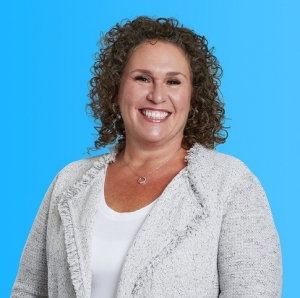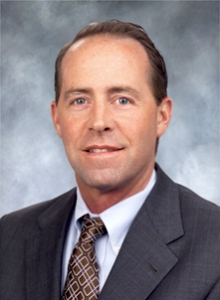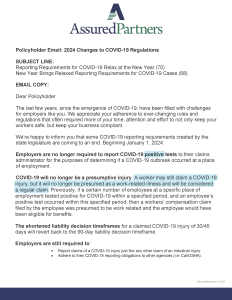Security Guard Breaks: Legal Requirements & How to Mitigate Compliance Challenges
Jeff DiDomenico, VP Business Development & Strategy, Trackforce Valiant + TrackTik
Companies are facing a surge in lawsuits for failing to correctly compensate employees for their break times. Recent years have seen a noticeable uptick in these legal challenges, with hundreds of lawsuits being filed annually, compelling businesses to reckon with complex meal and break compliance laws that differ markedly across state lines.
Not too long ago, only a handful of states had employee break laws spelled out. Now there are over 20 states with specific statutes governing meal break requirements, each with its fine print that employers must diligently understand and adhere to. Here’s a breakdown of those states’ break laws.
These lawsuits are not just legal headaches; they represent significant financial liabilities, with many settlements reaching into millions of dollars. For example, in some reported cases, class action settlements concerning break time violations have escalated well beyond $10 million, underscoring the severe financial implications of non-compliance.
The issue is heightened in sectors employing hourly workers, such as the security services industry, where break times are often scheduled around rigorous and demanding work periods. Security guards typically work extended hours under stringent conditions and are at the frontline of this issue. Firms that employ these workers face heightened risks if their wage and hour policies aren’t up to scratch.
In the security industry, vigilance and compliance are more than operational necessities—they’re legal requirements. Failing to adequately manage and track security guard breaks can lead to severe compliance issues and unfortunate legal consequences.
Tips to Mitigate Break Regulation Compliance Risks with Precision
Each state has their own laws and legislation surrounding employee breaks (like California’s distinct meal and rest break laws for example) and not keeping track of these regulations can leave you vulnerable to compliance mistakes or costly oversights.
Here are a few ways you can ensure you’re meeting break compliance standards:
- Make sure you understand and apply these requirements.
- Record actual break durations down to the second to prove compliance. Do not round time!
- Record and acknowledge interruptions.
- Have guards categorize the nature of their break interruption. Voluntary – their choice, or involuntary – they were required to return for work related reasons.
- Collect waivers for voluntary interruptions.
- Flag exceptions to prevent them from slipping through the cracks.
- Incorporate break information with payroll.
How to help your employees:
- Make sure they understand the laws and the reasons you want to avoid early clock-ins.
- Provide details on how to document or notify you of exceptions.
- Ask them to report exceptions and reasons to their manager.
- Make it easy for them to document and sign waivers when appropriate.
Ensuring employees are correctly compensated for meals and breaks is an important step to avoiding lawsuits. Educating employees on these laws and your company policies around acceptable and forbidden practices will help avoid exceptions.
By leveraging automation in workforce management, employers can ensure adherence to these regulations more effectively. Automated solutions can implement alerts and record time stamps, exceptions, and waivers effortlessly. This not only minimizes human error but also enhances operational efficiency, allowing managers to focus on more strategic tasks while maintaining regulatory compliance seamlessly. Ideally, adopting these technological solutions will streamline processes and safeguard both the company and its employees against compliance-related issues.
 In 2000, Jeff joined Trackforce Valiant + TrackTik as a partner and took on the role of VP of Business Development & Strategy. Throughout his tenure with Trackforce Valiant + TrackTik, Jeff has been dedicated to establishing the company as North America’s foremost provider of security management software. In addition, Jeff is a frequent speaker at various security associations and is recognized as a leading figure and content curator in the security industry.
In 2000, Jeff joined Trackforce Valiant + TrackTik as a partner and took on the role of VP of Business Development & Strategy. Throughout his tenure with Trackforce Valiant + TrackTik, Jeff has been dedicated to establishing the company as North America’s foremost provider of security management software. In addition, Jeff is a frequent speaker at various security associations and is recognized as a leading figure and content curator in the security industry.







